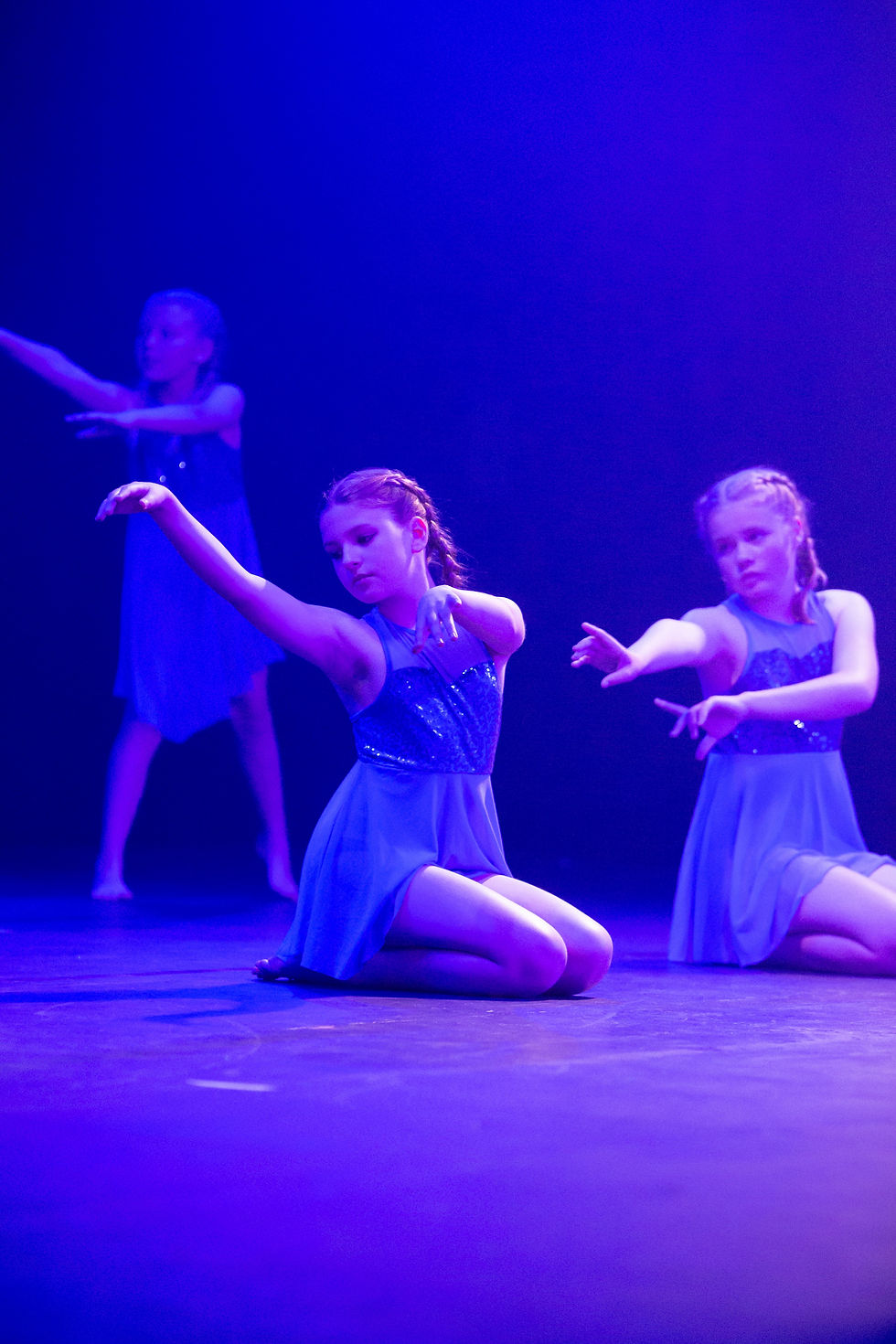What Makes Contemporary Dance Unique
- The DanSci Team
- Jun 24
- 4 min read
Contemporary dance is a vibrant and evolving art form. It combines elements from various dance styles, including ballet, hip-hop, jazz, and modern dance. This genre stands out due to its focus on personal expression, innovative techniques, and the diverse backgrounds of its performers.
The Essence of Contemporary Dance
Contemporary dance transcends traditional boundaries. It is not bound by strict rules or techniques, allowing dancers to express their thoughts and emotions freely. The fluidity in what constitutes contemporary dance means that it is highly versatile. Whether it’s an emotional piece about social issues or an exploration of human relationships, contemporary dance invites viewers into a unique experience.

Furthermore, contemporary dance often uses improvisation. This aspect gives dancers the freedom to create movements spontaneously, leading to endless possibilities. Each performance can be different, making every show a unique experience for the audience. The choreography can arise from personal experiences or respond to current events, instilling deeper meanings within the movements.
The Techniques That Set It Apart
Unlike classical ballet, contemporary dance does not have a set technique. Instead, it borrows from various styles and encourages innovation. Dancers learn to utilize their bodies in multifaceted ways. Techniques such as floor work, contract and release, and improvisation allow them to explore how movement can reflect emotions and narratives.
Contemporary choreographers often challenge conventional movement sequences. One famous contemporary choreographer, Merce Cunningham, emphasized the importance of chance in dance, often allowing dancers to explore movements in a non-linear fashion. His approach emphasizes creativity and the importance of the moment, which are hallmarks of contemporary dance.

In addition, the use of space and the relationship with the surrounding environment play a significant role in contemporary choreography. This awareness of space can change the texture of a performance, enhancing the storytelling aspect. Contemporary dancers meticulously consider how their movements interact with the stage or outdoor settings to amplify their narrative.
What do you do in contemporary dance class?
In contemporary dance classes, the primary focus is on cultivating the dancers’ ability to express themselves creatively while mastering various techniques. Classes often begin with a warm-up to prepare the body, emphasizing flexibility, strength, and balance. Unlike traditional dance classes, students are encouraged to explore their movements, improvise, and express their individuality.
Instructors may introduce various exercises and choreography styles, from lyrical to abstract. Dancers engage in group activities that promote teamwork and spatial awareness. For instance, they might work on partner exercises that require them to trust each other, enhancing their connection and communication through movement.
A significant component of these classes is feedback. Instructors provide constructive criticism to help dancers refine their technique while maintaining their unique voices. This nurturing environment is essential in developing confidence and creativity.

The emotional expression cultivated in these classes is invaluable. Dancers learn how to convey feelings through their movements, grasping techniques to enhance emotional impact. This focus on expression is what makes contemporary dance resonate deeply with audiences. The dancers’ ability to share their stories and feelings creates a bridge connecting them with viewers.
The Role of Music and Themes in Contemporary Dance
Music plays a crucial role in contemporary dance. The genre is not bound to specific musical styles, allowing for a rich fusion of sounds. Contemporary choreographers select diverse music that complements their choreography, supporting their themes and emotional messages.
Dancers often perform to various musical genres, from classical pieces to experimental soundscapes, enabling them to explore different emotional landscapes. This openness encourages creativity, as dancers may interpret the same piece of music in entirely different ways.
Themes in contemporary dance are broad and often reflect societal issues or personal narratives. For instance, a performance may delve into topics such as identity, isolation, or joy, presenting stories that resonate with viewers on multiple levels. This diversity in content makes contemporary dance a powerful medium for social commentary and artistic expression.
Embracing Diversity in Contemporary Dance
Diversity is intrinsic to contemporary dance. Dancers come from various backgrounds, bringing with them unique perspectives, experiences, and cultural influences. This rich tapestry enhances the art form, allowing for innovative movement styles that reflect a global influence.
As an inclusive genre, contemporary dance embraces all body types, genders, and abilities, breaking societal norms and expectations. This dedication to inclusivity encourages a broad range of individuals to participate, opening doors for new voices and stories to be shared through movement.
One prominent movement promoting diversity in dance is the integration of dancers with disabilities into contemporary settings. Organizations and choreographers are increasingly advocating for representation and accessibility, allowing everyone the opportunity to express themselves through dance.
To explore this welcoming environment, participating in contemporary dance classes is a fantastic option. They offer a chance to learn and grow in a supportive atmosphere, fostering community and collaboration among dancers of all backgrounds. Check out the contemporary dance classes available to experience this unique art form firsthand.
The Future of Contemporary Dance
The landscape of contemporary dance is ever-evolving. As society changes, so do the themes and movements represented in contemporary works. Choreographers and dancers continue to experiment with technology, incorporating multimedia elements into performances. This evolution not only enhances the visual aspect of dance but also engages audiences in new and exciting ways.
Incorporating virtual reality or projection mapping into live performances allows for richer storytelling and immersive experiences. As these technologies develop, so too will the possibilities within the world of contemporary dance, paving the way for future generations of dancers and choreographers.
Ultimately, contemporary dance stands as a testament to creativity and the human experience. Its unique ability to embrace diversity, foster personal expression, and adapt to societal changes is what keeps it alive and thriving. As the world of dance continues to evolve, contemporary dance will remain a central and dynamic force in the arts. The journey of this genre is just beginning, with countless stories still waiting to be told through movement.














































Comments